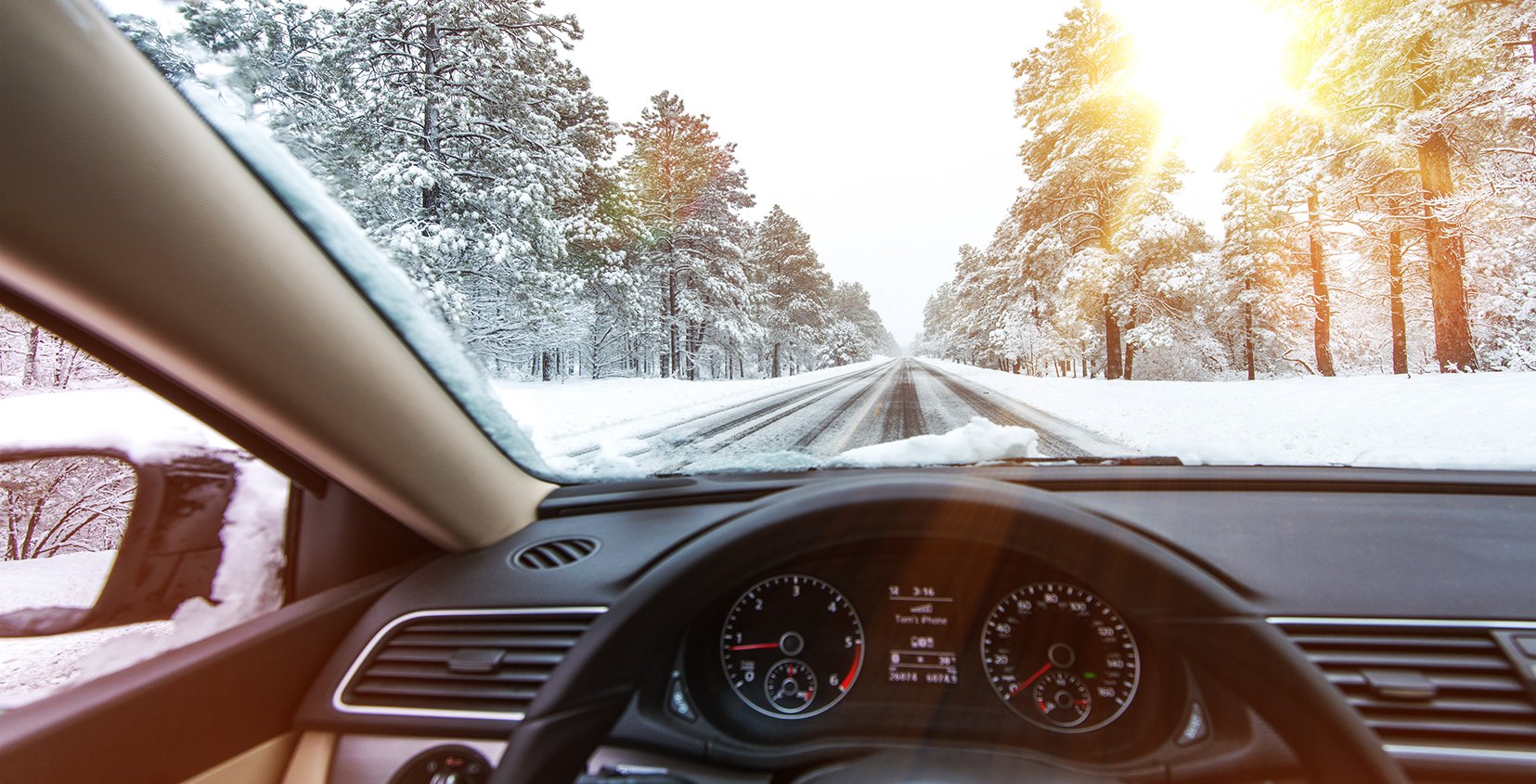When the first snows arrive, getting behind the wheel can be more complex and dangerous than one might think. Wheels have less grip on the road in winter, due to ice, snow or wet asphalt. This is why it is essential to adapt your driving in winter. Sometimes, it’s wiser to avoid going out at all if the temperatures are extreme and dangerous: heavy snowfall, ice, hail, storms, drastic changes in temperature, etc.
Also, before hitting the road in winter, be sure to check the current weather and the weather forecast, as conditions can change quickly and unexpectedly.
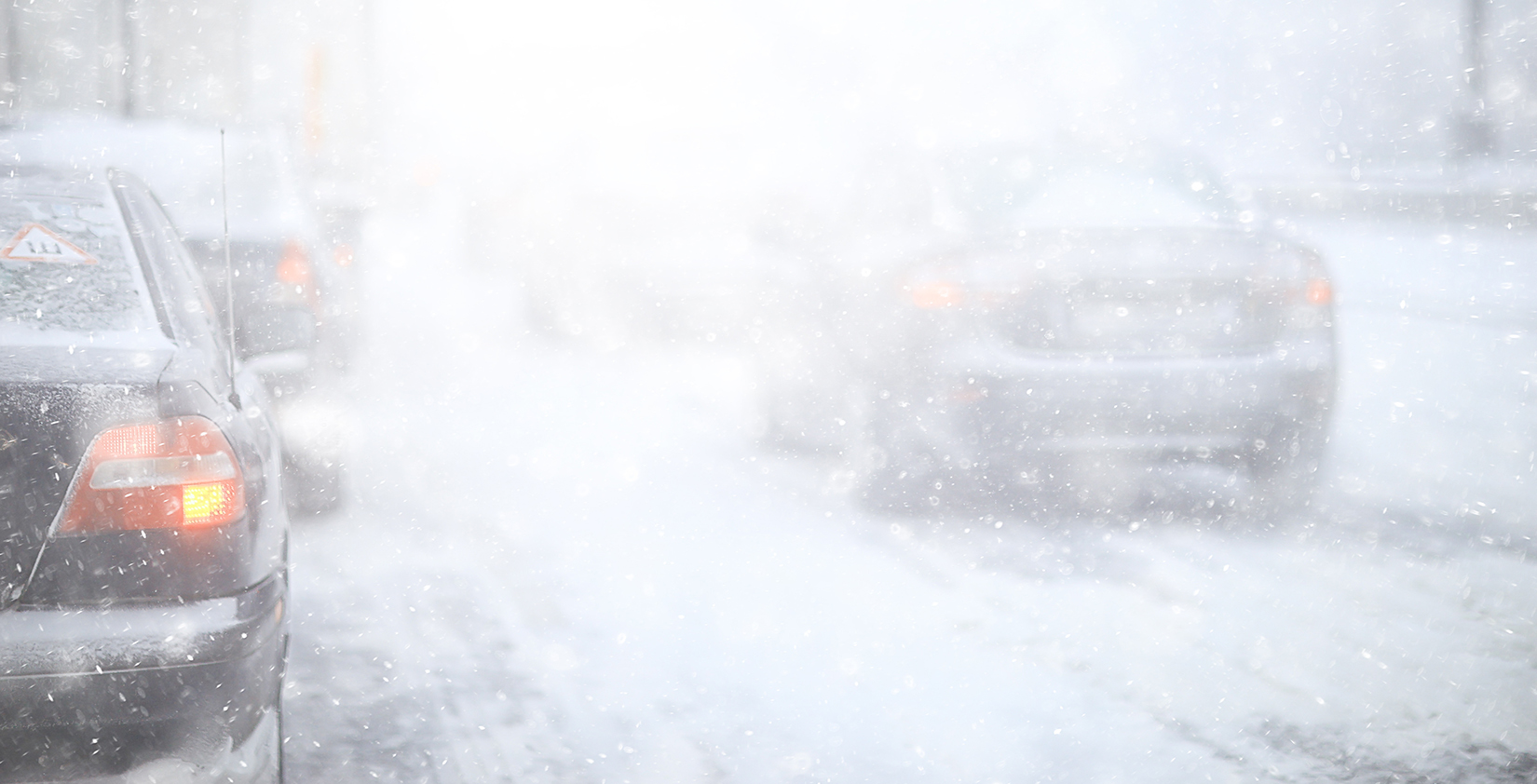
Here are some tips for safer winter driving :
- Drive slower than usual. Instead of trying to get somewhere faster, leave earlier. Also, don’t trust the estimated time of arrival given by your GPS as it is based on normal road conditions. We don't have to think about this in summer, but going anywhere in winter usually takes more time. It’s better to go out earlier if snow has fallen, to clean and warm the car. Remember that driving slowly and carefully can help keep you safe on slick roads.
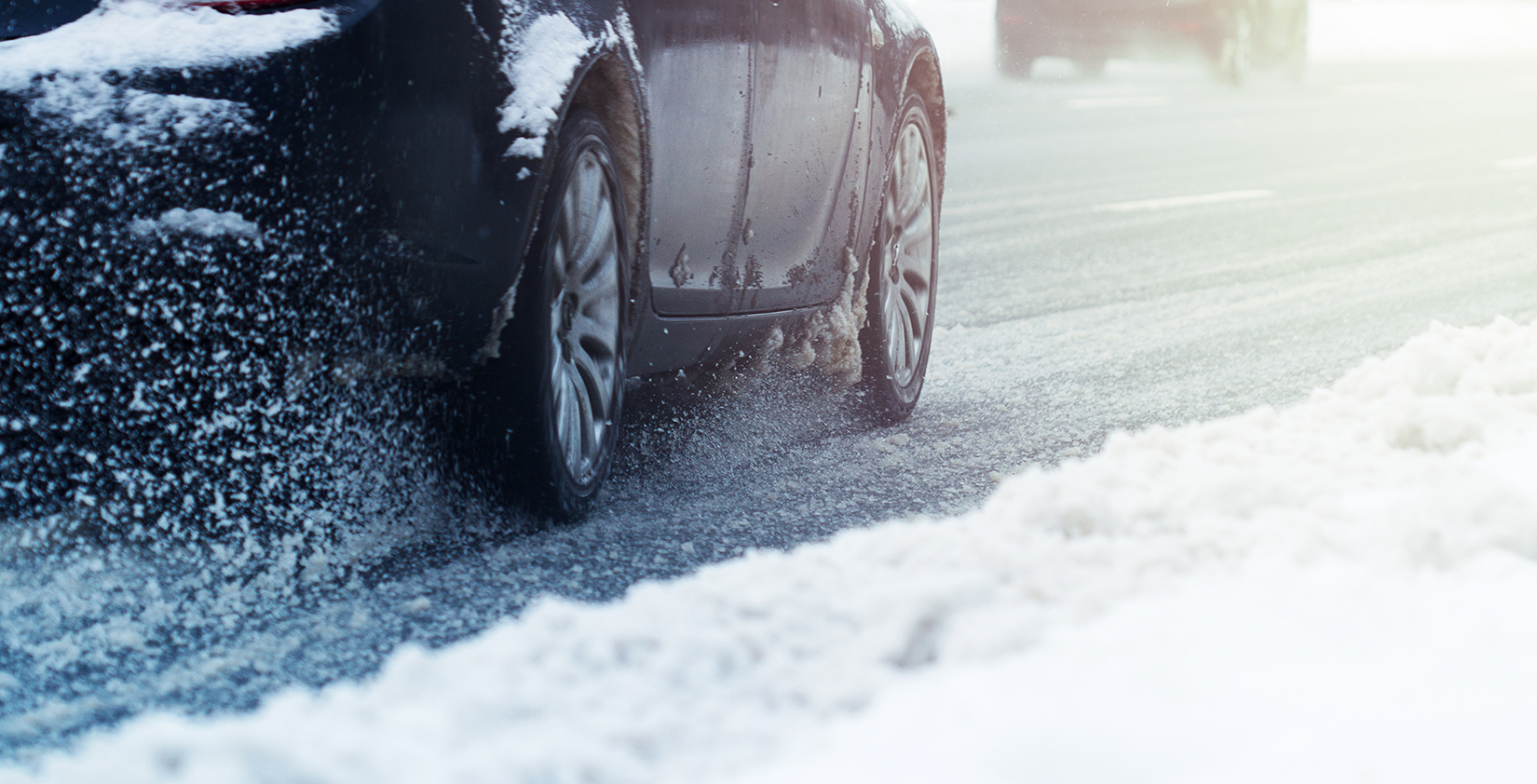
- Keep an eye out for poorly cleared areas on the side of the road. Patches of snow can be treacherous!
- Keep a greater distance from the vehicle in front of you and start braking sooner. Snow accumulation in the wheel wells and patches of ice can be a problem and make it hard to stop in time! So it’s better to start braking earlier and more gently than usual.
- In general, drive more smoothly: accelerate and slow down gradually to compensate for reduced tire traction.
- If the back of the car starts losing traction and begins sliding, follow these three steps to try to regain control: keep calm (panic is your worst enemy on the road), turn the steering wheel slightly in the opposite direction and very slowly press on the gas. Hitting the brakes is a natural reflex that can very quickly worsen the situation and make the car spin out!
- Make sure you have good winter tires that are correctly inflated: read this article for more information.
- Let the engine warm up for a few minutes before setting off.
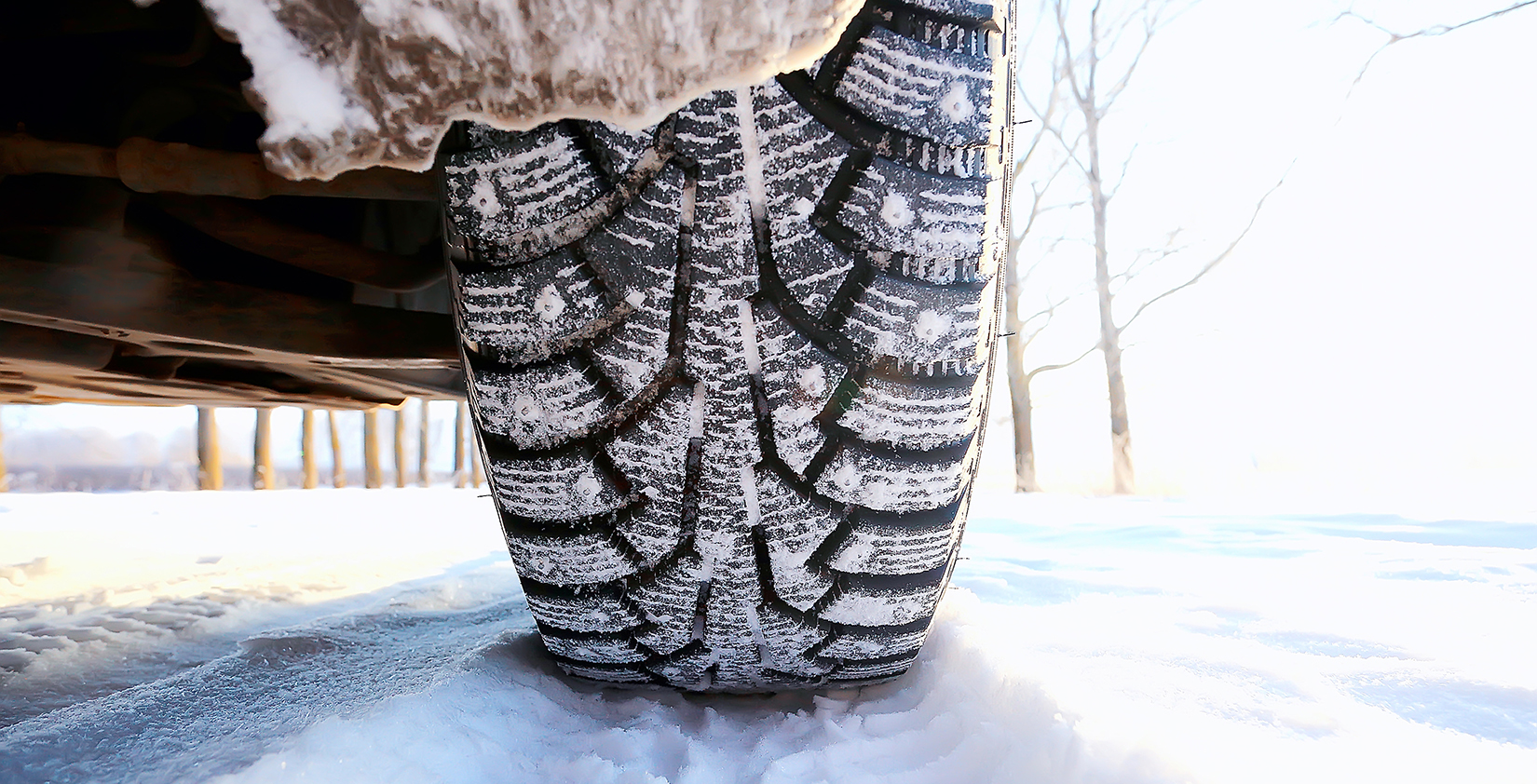
- When you arrive at your destination, remove the accumulated snow from the wheel wells and the body before it begins to freeze.
- Thoroughly remove snow and ice from the car before leaving: ice falling off your vehicle on the road can be dangerous for other drivers.
- Avoid using cruise control.
- Invest in a set of accessories that are helpful in all situations: jumper cables, a small snow shovel, traction mats, etc.
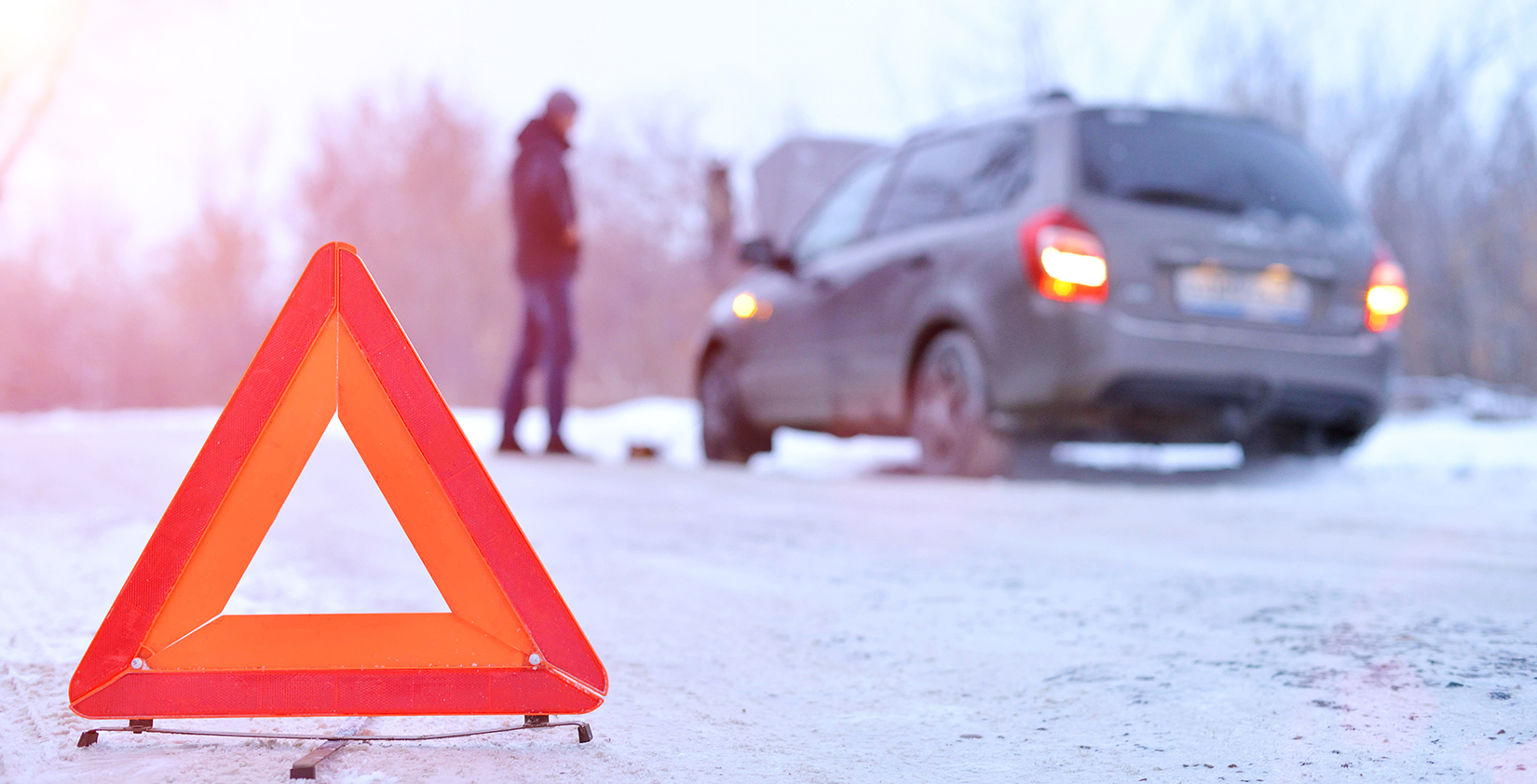
- Always check the exhaust pipe: you should never be inside a vehicle with the engine running if the exhaust pipe is clogged with snow, as there is a high risk of carbon monoxide poisoning.
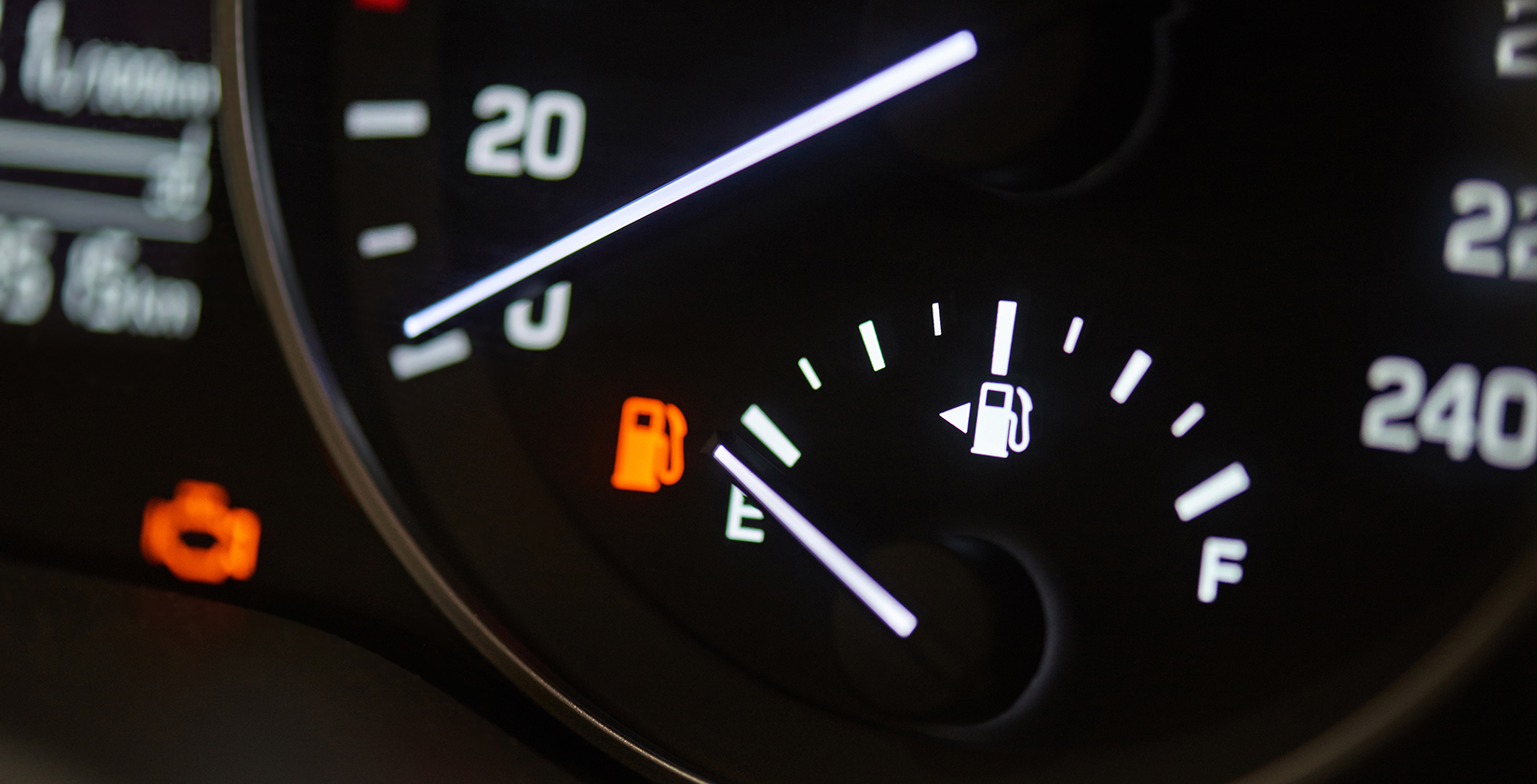
- If you are planning a long trip, make sure the fuel tank is full and look for gas stations along the way. Cars burn fuel faster when the heating is on so it’s best to avoid unpleasant surprises.
- Finally, to stay safe on the road this winter, you can read this article for more valuable tips!
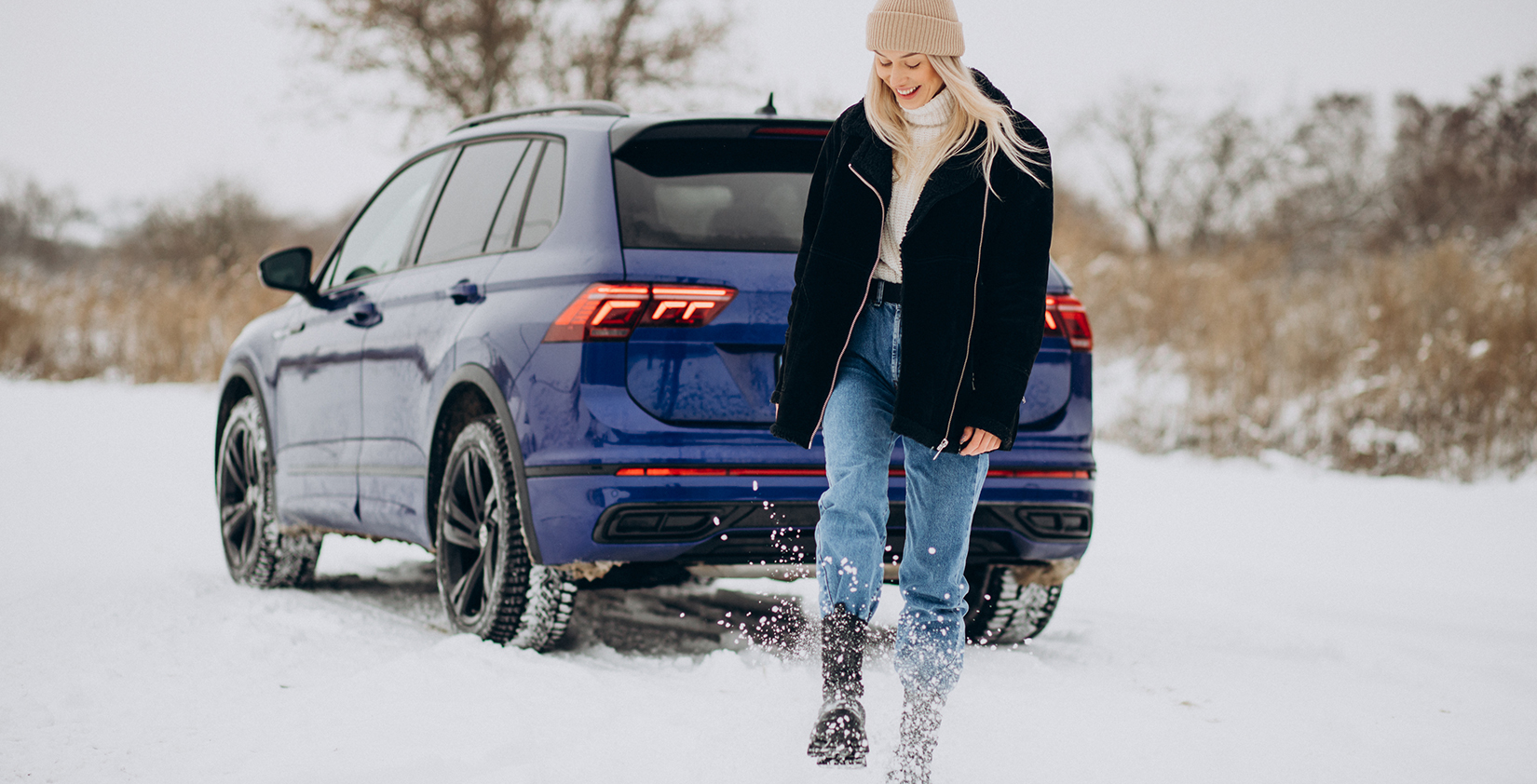
Wishing you fun and safe adventures this winter! And if you haven’t yet, check out our reward programs to save you money during your trip!


